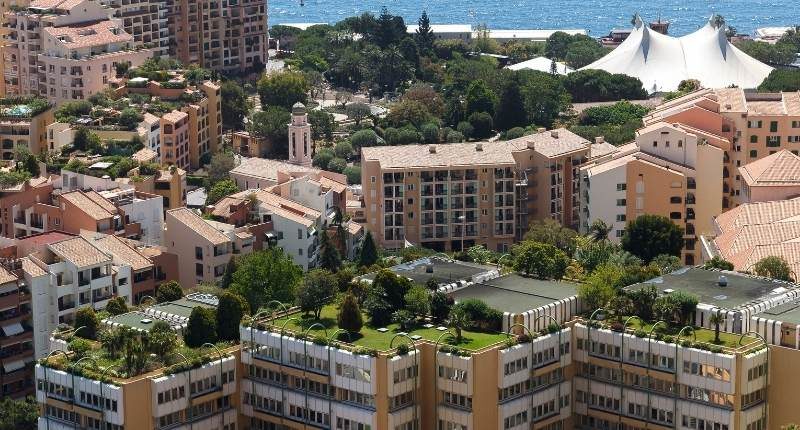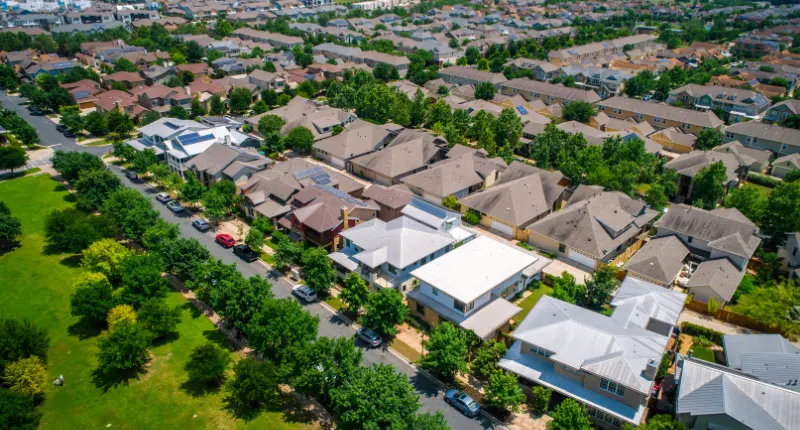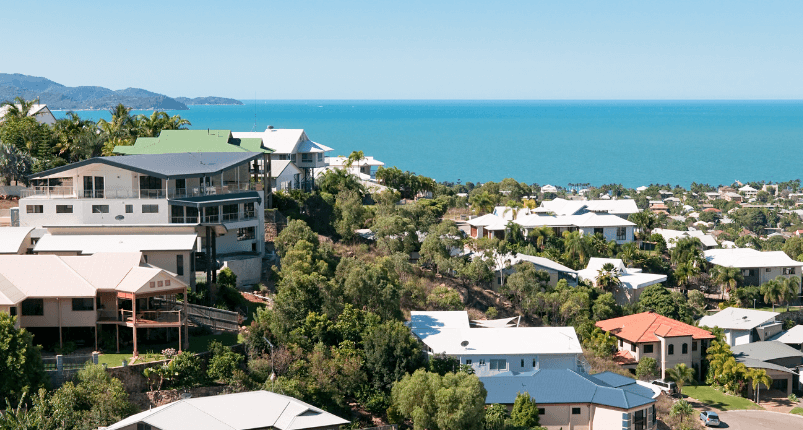- Biodiversity crisis means urban greening of major importance
- Greenery has many human benefits including the psychological effects of heatwaves
- Many global cities have made efforts, but there is a long way to go
There have been a number of curious observations and trends throughout the pandemic, from millenials fostering plants as children to wildlife returning to our streets.
What’s the big deal?
The University of Melbourne’s Dr Judy Bush told The Property Tribune that introducing greenery is not as simple as setting up a national park or reserve an hour away from the city. Our urban environment is actually home to a number of unique fauna and flora that simply can’t be found elsewhere.
Dr Bush also mentioned that the ongoing issue of heatwaves will continue to adversely affect Australians everywhere, but increased street greening, among other efforts, will help mitigate the effect heatwaves have on both humans and biodiversity in our neighbourhoods.
Indeed currently, Dr Bush said there is a biodiversity extinction crisis, likely “… only the sixth experienced on Earth over the past 540 million years.”
The irony in the headline lies in the calls for the reintroduction of nature into our own backyards to benefit both our own health and wellbeing, as well as that of biodiversity which would otherwise have been there anyway.
Where’s the biodiversity?
Throughout the pandemic, nature returning to Venitian canals and other run-ins with nature headlined much of the news. Some of it true, others a hoax, but nonetheless, Dr Bush said during lockdown, we may well have started to notice our local surrounds more, and with fewer people on the streets, animals may have seen it as an opportunity to venture out and explore a safer environment.
In research findings across Melbourne, Dr Bush said one of the more curious areas to find the greatest biodiversity was on a golf course rough. They had areas of understory vegetation and were part of a connected biodiversity network that was rarely disturbed – except for the passing lower handicapped player.
Biodiversity is not just everything green either, it’s blue and shimmering too. Dr Bush said waterways across Australia were also a rich habitat for biodiversity, forming part of the larger biodiversity nodes, networks, corridors and connectors.
These elements of biodiversity can include nature reserves, and as seen occasionally on the news – special highway overpasses designated for wildlife to cross the road.
What does greening a city look like?
Greening can happen at the street level with trees and shrubberies, a $377 million plan to do that, among other things was recently proposed by the City of Sydney. Green facades, rooftop gardens, and other elements on taller buildings are also “in”, Victoria also making waves in the greening arena.
It is also about considering the locale when creating new suburbs or regenerating old ones. Dr Bush said organisations should consider a strategic approach to planning to “ensure sufficient land is reserved for habitat corridors, whether it’s focussed on waterways or a chain of parks.”

Greening isn’t just adding a park for the sake of including a recreational area for residents, but it is important to consider the value parks and reserves have for biodiversity.
Reintroducing elements that assist in promoting biodiversity also has mental and physiological benefits too. Singapore, Seattle, and Helsinki are some of the cities leading the way in making their cities green.








